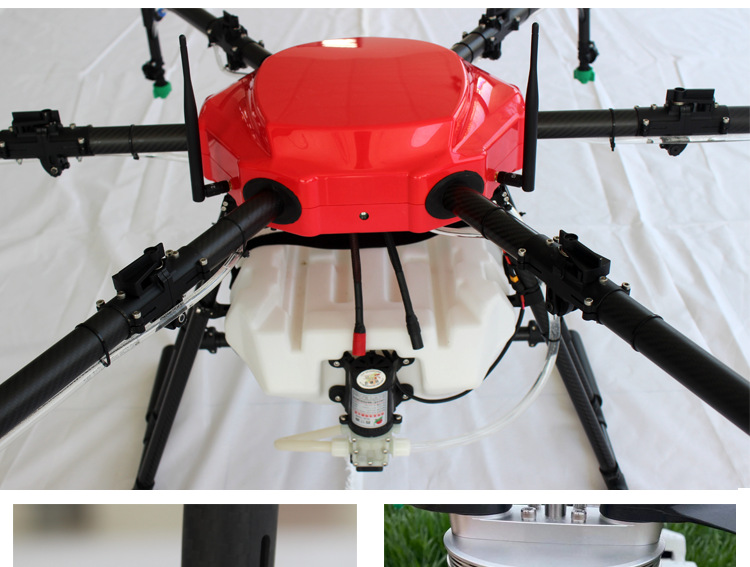
Sri Lanka, a nation where agriculture employs over 25% of its workforce and contributes 7% to GDP, is a land of fertile valleys, misty highlands, and coastal plains—home to iconic crops like Ceylon tea, rubber, coconuts, and rice. Yet, this agricultural heartland grapples with escalating challenges: fragmented mountainous terrain, erratic monsoons bringing floods or droughts, a shrinking rural labor force, and the urgent need to boost productivity amid rising food demand. To secure its food future and enhance rural livelihoods, Sri Lanka is embracing smart farming—and agricultural drones, sourced from China’s specialized manufacturers, offer a tailored, high-impact solution to cultivate resilience and growth.
Sri Lanka’s Agricultural Crossroads: Why Drones Matter Now
Sri Lanka’s farming landscape, defined by diversity and tradition, faces three urgent needs:
-
Terrain complexity: Over 70% of farmland lies in hilly or mountainous regions (e.g., the Central Highlands, where tea grows), with steep slopes and narrow paths making manual tasks like pesticide spraying or seed distribution dangerous and inefficient.
-
Climate volatility: Monsoons bring heavy rains (up to 5,000mm annually) causing floods in lowlands, while dry spells in the north-central provinces trigger droughts. Both disrupt planting cycles and destroy crops like rice or maize.
-
Labor shortages: Urban migration and an aging farmer population (average age: 56) delay critical tasks during peak seasons—threatening yields for export crops like tea or rubber, and local staples like rice.
Sri Lanka’s “National Agriculture Policy 2023–2030” prioritizes tech adoption to boost yields by 30% and cut input costs by 25%. Agricultural drones, with their precision, speed, and adaptability, align perfectly with this vision—bridging tradition and innovation to secure the nation’s agricultural legacy.
Chinese Agricultural Drones: Built for Sri Lanka’s Fields
China’s leadership in drone technology—forged through decades of aerospace R&D, tropical-climate adaptation, and agritech innovation—makes its manufacturers uniquely equipped to serve Sri Lanka. Here’s how Chinese drones are tailored to local needs:
1. All-Terrain Agility for Sri Lanka’s Diverse Landscapes
Sri Lanka’s rugged topography demands drones that thrive where humans and traditional machinery struggle. Chinese factories design models with:
-
Terrain-following technology: Multi-rotor drones with LiDAR and obstacle-avoidance sensors glide over tea-covered hills in Nuwara Eliya, rubber plantations in Sabaragamuwa, and paddy fields in the Eastern Province—avoiding collisions with trees, rocks, or terraced edges.
-
Lightweight portability: Foldable designs (under 12kg) fit into backpacks or jeep trunks, making them easy to transport to remote villages like Ella or Mahiyanganaya, where road access is limited.
-
Weather resilience: IP67-rated motors and sealed sensor housings withstand monsoon downpours and high humidity (up to 90%), ensuring reliability year-round.
2. Precision Technology for Resource Efficiency
Water and labor scarcity demand tools that maximize output while minimizing waste. Chinese drones deliver:
-
Smart spraying: Atomized nozzles reduce water use by 50–70% compared to manual methods. In the Eastern Province’s rice paddies, this cuts irrigation needs by 1,200 liters per hectare—critical as erratic rains threaten water availability.
-
AI-driven monitoring: Multispectral cameras analyze leaf health, soil moisture, and pest outbreaks (e.g., tea leaf rollers in Nuwara Eliya or rice blast in Ampara). This enables early interventions, reducing chemical use by 40% while boosting yields by 18–25%.
-
RTK GPS accuracy: Centimeter-level positioning ensures uniform coverage in uneven terrain, vital for coconut groves in Puttalam or tea estates in Badulla, where inconsistent sprays cause uneven quality.
3. Affordability for Smallholders and Scalability for Cooperatives
Recognizing Sri Lanka’s smallholder-dominated sector (80% of farms <2 hectares), Chinese manufacturers offer flexible solutions:
-
Budget-friendly models: Entry-level drones (under $10,000) fit the budgets of family farms, democratizing access to tech once reserved for larger plantations.
-
Fleet management tools: Cloud-based software allows cooperatives (e.g., the Sri Lanka Tea Board’s pilot projects) to coordinate drone swarms, streamlining operations and cutting training time by 50%.
Beyond Hardware: A Partnership for Long-Term Growth
Sourcing from China is about more than technology—it’s about building local capacity. Leading manufacturers provide:
-
Localized training: On-farm workshops teach pilots to operate drones, interpret AI analytics, and perform region-specific maintenance (e.g., cleaning mold from monsoon-exposed sensors). Partnerships with Sri Lanka’s Ministry of Agriculture have reduced downtime by 40% and accelerated adoption among rural communities.
-
Rapid support networks: Partnerships in Colombo, Kandy, and Jaffna stock spare parts, ensuring replacements arrive within 24–48 hours—critical during planting or harvest seasons when delays risk crop loss.
-
Cultural alignment: User interfaces are simplified in Sinhala and Tamil, with training manuals featuring local crops (tea, rice, coconuts) and case studies from Sri Lankan farms, easing adoption.
Mutual Gains: Strengthening Sri Lanka’s Food Future
For Sri Lanka, adopting Chinese agricultural drones unlocks:
-
Economic resilience: Reduced input costs and higher yields (trials show 20–30% increases) boost smallholder incomes, curbing rural-to-urban migration and reviving hill-country villages.
-
Environmental stewardship: Precision resource use lowers chemical runoff into rivers like the Mahaweli, protecting water quality and aligning with Sri Lanka’s “Sustainable Agriculture” policy.
-
Climate adaptation: Faster response to floods or droughts helps farmers mitigate losses, securing food supplies for Sri Lanka’s 22 million people.
For Chinese manufacturers, Sri Lanka offers a testing ground to refine drones for tropical, mountainous environments—innovations that will benefit farmers in South Asia and beyond.
Soaring Together: Sri Lanka’s Agricultural Renaissance
Sri Lanka’s farmers have tamed terraces and traded spices for centuries; now, drones offer a new tool to thrive in a changing world. By sourcing from China’s specialized factories, the nation gains more than technology—it gains partners committed to its prosperity. These drones are not just machines; they are bridges connecting tradition with innovation, helping farmers work smarter, conserve resources, and transform Sri Lanka’s fertile land into a hub of sustainable abundance.
As Sri Lanka strides toward food security and self-reliance, Chinese agricultural drones are ready to take flight—turning steep slopes into fertile opportunities, and small plots into hubs of progress.
Let’s cultivate Sri Lanka’s tomorrow, one precise mission at a time.
THE END

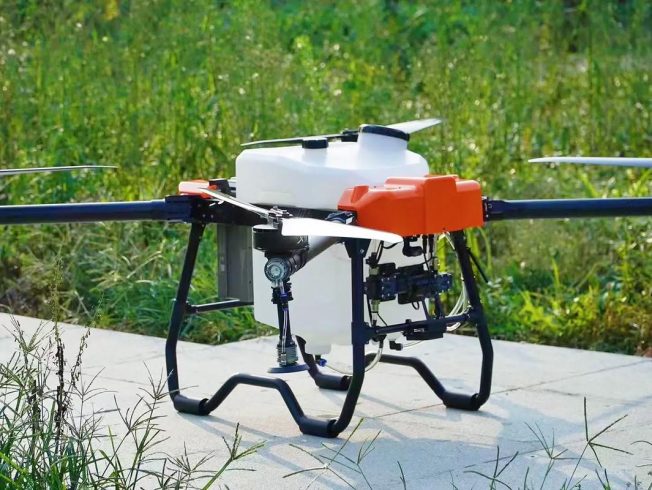
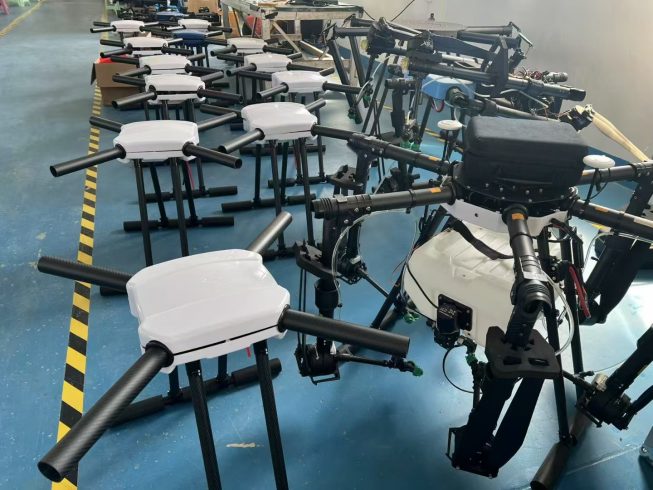
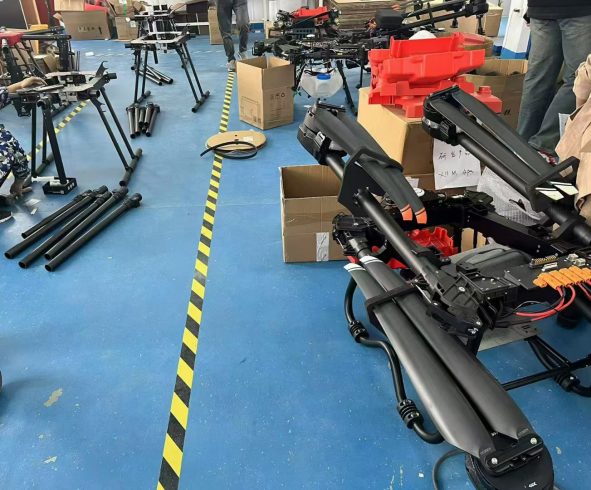
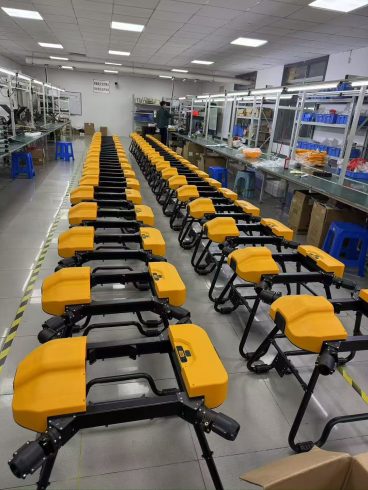



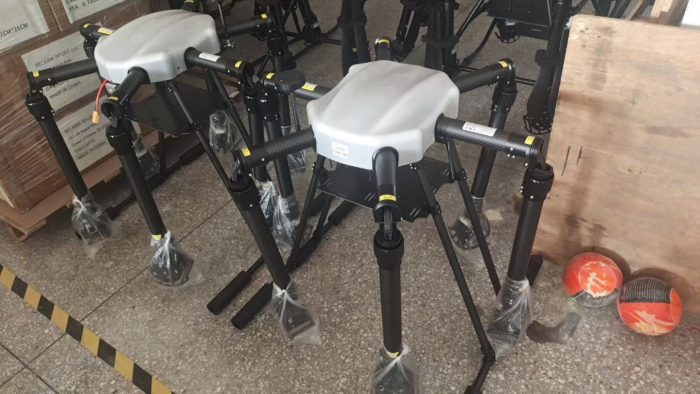
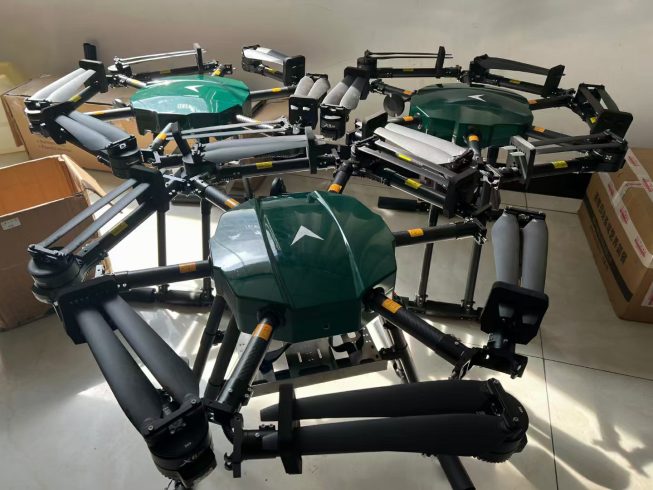
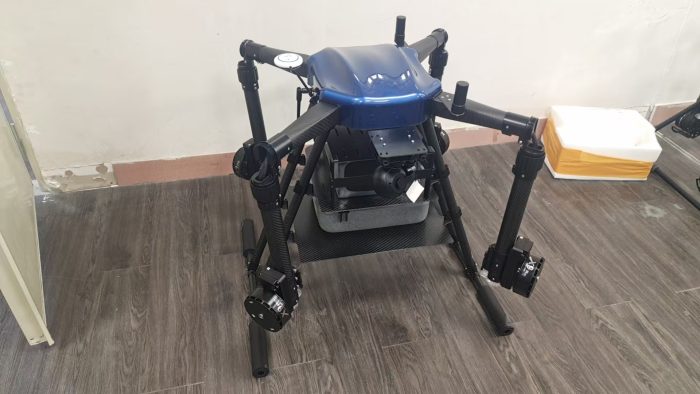

暂无评论内容